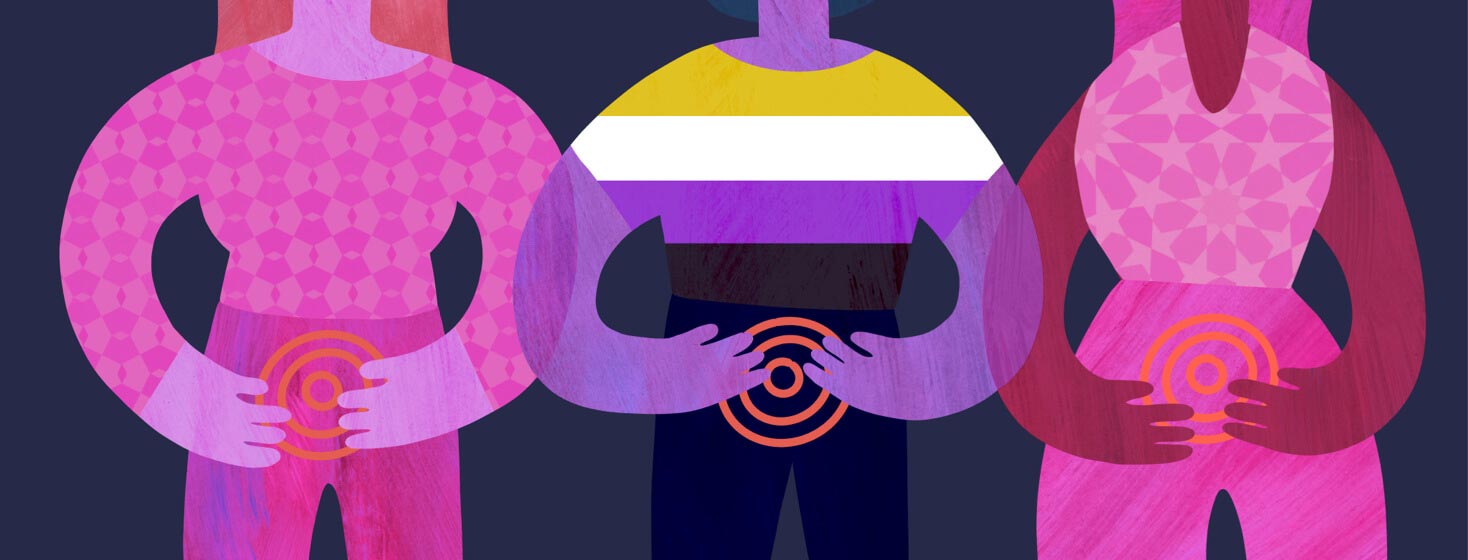Living With Endometriosis While Juggling RLS
I wish that I had just restless legs syndrome (RLS), but I also have a couple of other diseases. I have given it a lot of thought: Which disease makes living with RLS the hardest?
I would have to say that’s endometriosis, followed closely by irritable bowel syndrome. To help make this easier to understand, I will briefly explain what endometriosis is.
What is endometriosis?
Endo....what? Endometriosis is a horribly debilitating disease that affects about 10 percent (190 million) of women and girls of reproductive age, according to the World Health Organization.1
The total number of people impacted by endometriosis is most likely even higher. That's because the number of people who do not identify as women but have the condition is largely unknown. (I phrase it that way to be inclusive of transgender people and others on the gender spectrum.) When I was first diagnosed in 2008, I heard from other patients and healthcare providers in the endo community that the figure is more like 250 million.
The tissue that lines the uterus is known as the endometrium. This lining thickens each month during the menstrual cycle and is shed as it breaks downs and bleeds during a person’s period each month. For those who have endometriosis, this can be an extremely agonizing experience (painful menstruation is not normal).1,2
Endometriosis is a chronic (ongoing) condition in which endometrial tissue grows outside of the uterus. This tissue growth can end up spreading throughout the abdomen, causing a webbing-like effect made of fibrous tissue. Organs can end up being stuck together because of the scar tissue growing on them.1,2
The impact of living with endometriosis
Unfortunately, there aren’t many options to help with living with endometriosis, so we can end up suffering quite a lot. It also can take around 10 years to get a diagnosis.3
Toss in the fact that many who suffer from endometriosis also might live with 1 or more other conditions, which can complicate things including treatment options. We also face a lot of challenges with not being taken seriously or believed. And, unfortunately, a recent UK-based survey of 13,500 women with endometriosis found that about half of them had reported having thoughts of suicide.4
Early in my endo journey, I even heard from several specialists as well as fellow endo warriors that as many as 1 in 4 women with endometriosis end up dying by suicide.
Managing endometriosis alongside my RLS
Having both endometriosis and RLS didn’t become a problem for me until after 2011, because my RLS had gone into a dormant state when I was a teen and was first dealing with endo. (Endometriosis arrived with my very first menstrual cycle when I was 13.)
In 2011, I had my gallbladder removed and my health took a massive dive. Not only did my RLS come back with a vengeance, but I also developed other diseases. My endo also got worse; I started having a lot more endometrial tissue growing where it shouldn’t have been, webbing out across my abdomen and causing me tons of agonizing pain.
Gravity loves to pull down on the endometrial tissue webbing, creating small tears. This massively limited how active I was able to be for the sake of my RLS and made it so that when my legs were screaming to get up and move, my endo was screaming, “Don’t you dare move.”
Caring for my RLS in the aftermath
It soon became the battle of which condition was screaming at me the most: my RLS or my endometriosis. In 9.8 out of 10 instances, it was the endometriosis that won out. I would have to apply pressure to my abdomen when needing to stand to try to get the RLS to calm down, because standing for more than 2 minutes caused debilitating agony.
Thankfully, after my second surgery in 2018, my endo growth has been very minimal, so I am able to care for my RLS a lot better.
Do you manage endometriosis or another condition alongside your RLS? Share an experience in the comments below or submit a story here.

Join the conversation